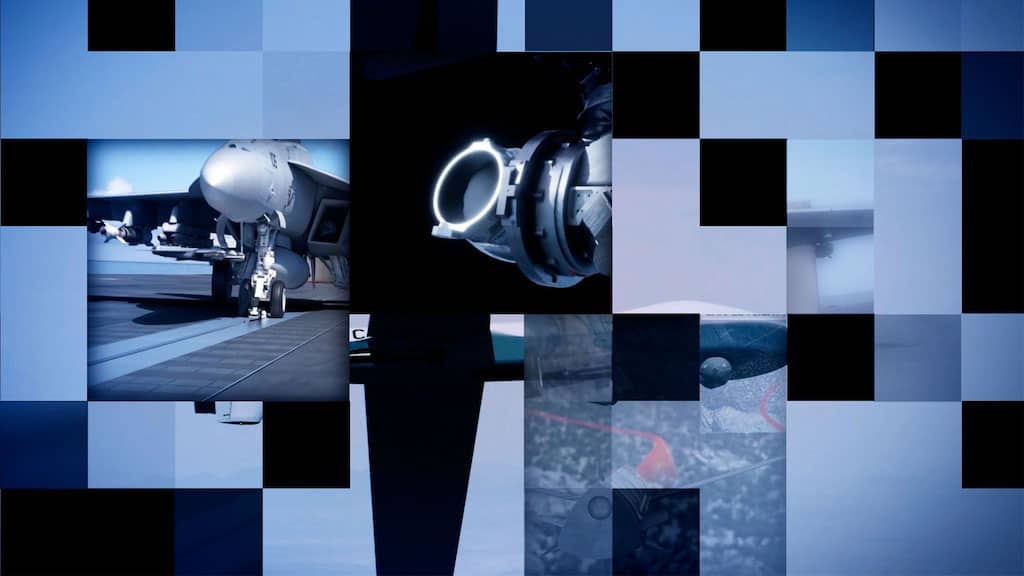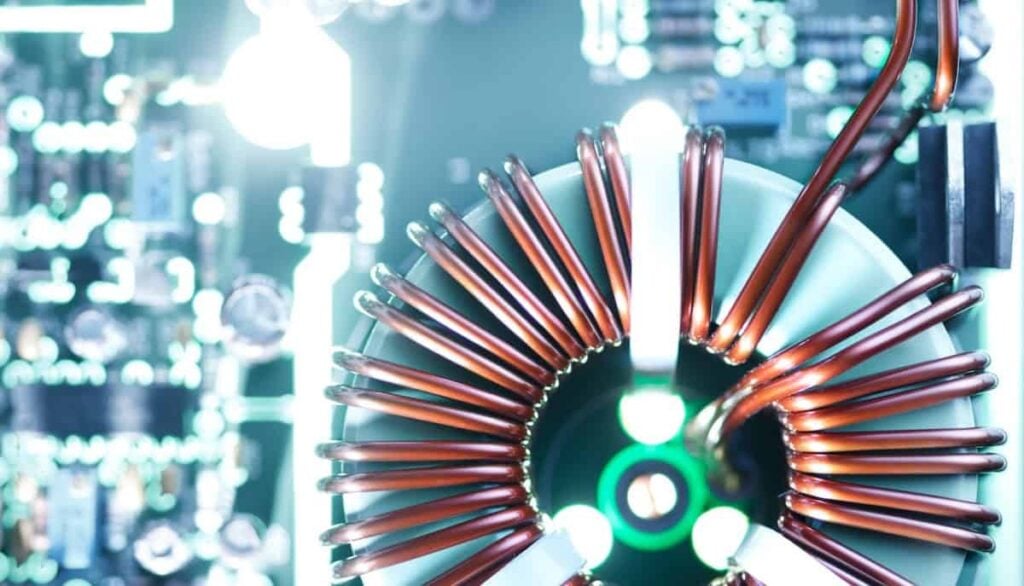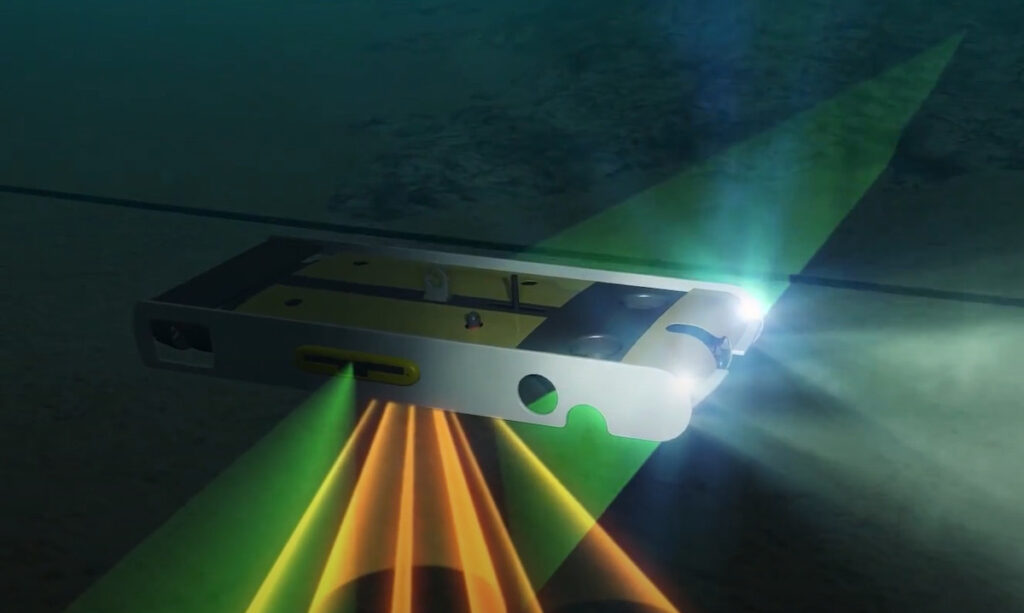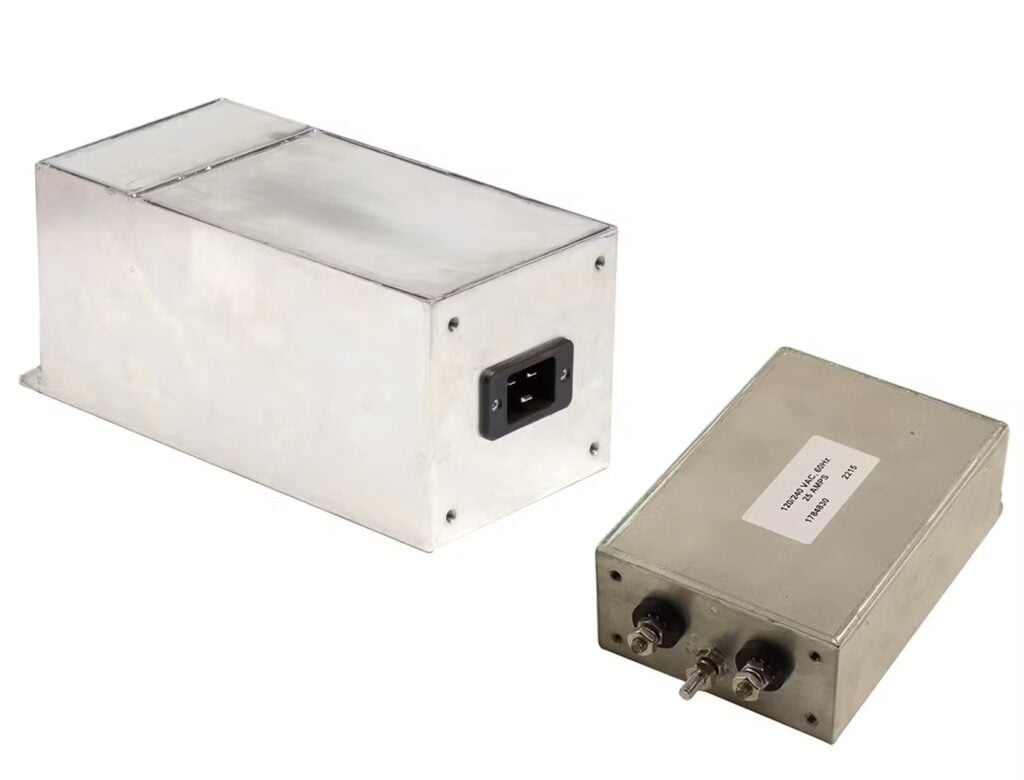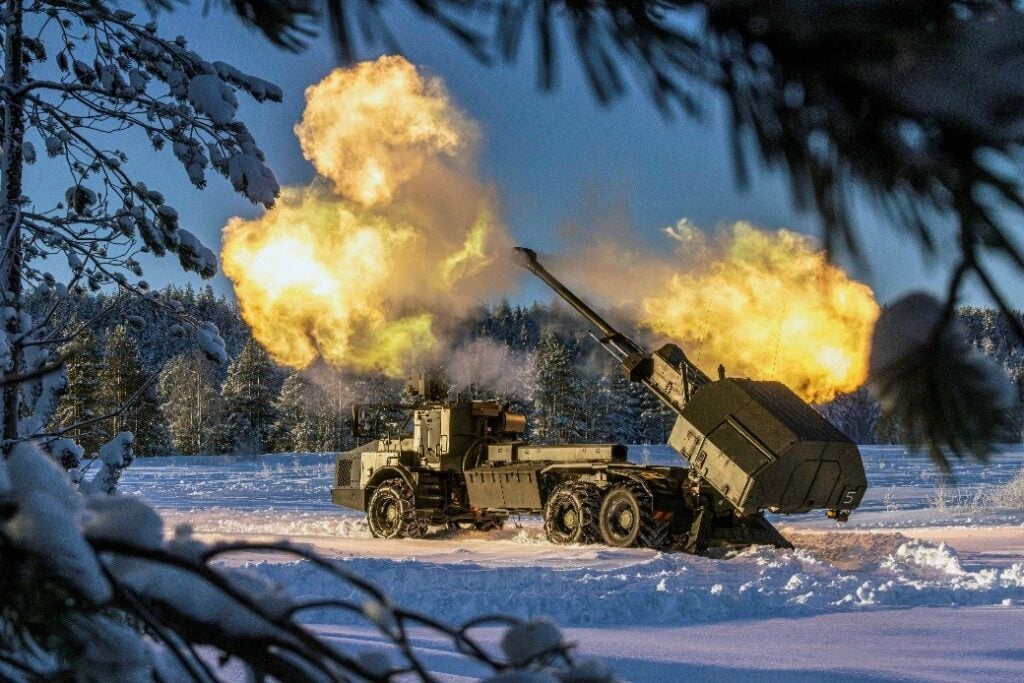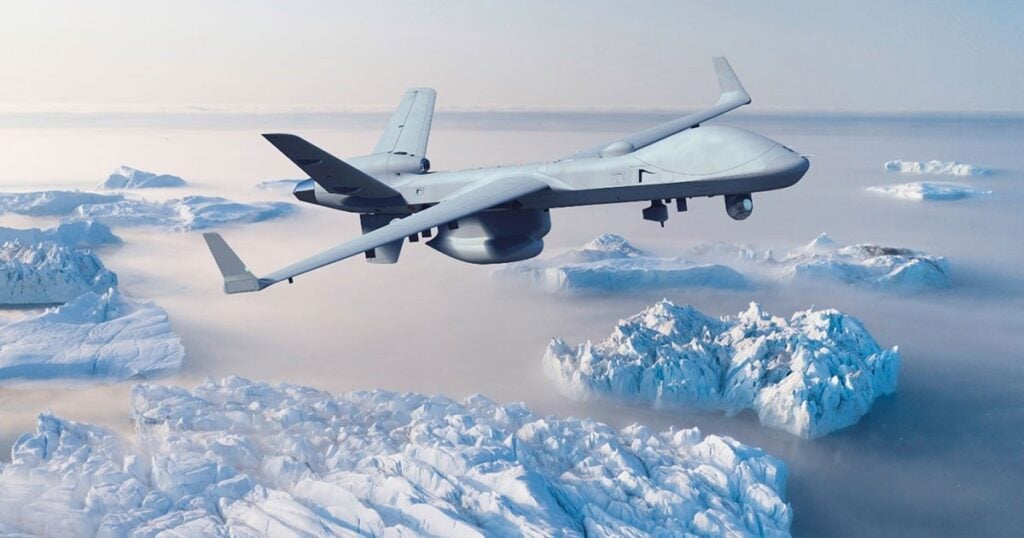
Discover Leading Defense Technology Solutions
Discover cutting-edge solutions from leading global suppliers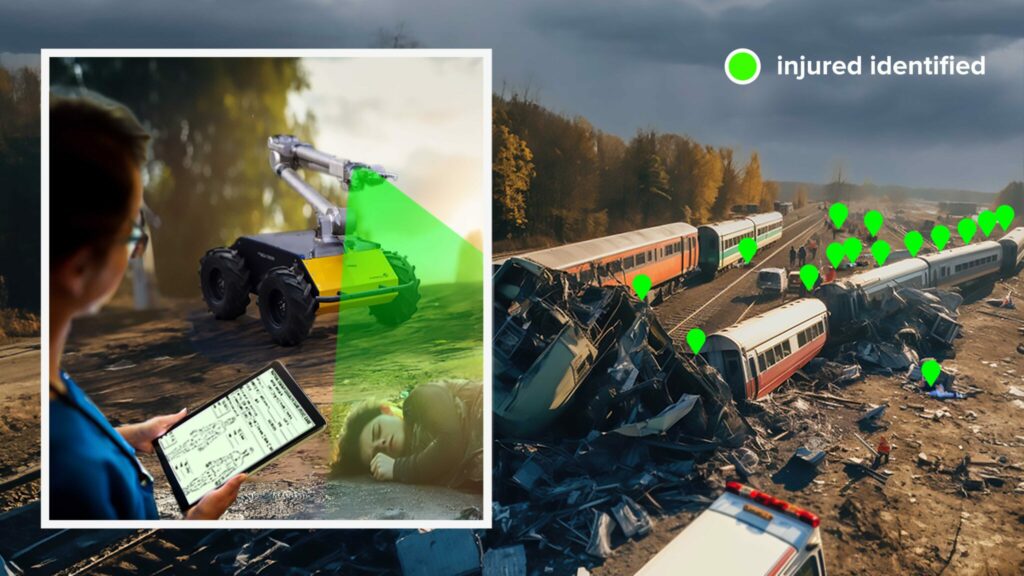
The Point of Injury Navigation, Triage, and Emergency Response (POINTER) robotic platform from Charles River Analytics helps medics do their job more effectively in such a time- and resource-constrained environment.
The Defense Advanced Research Projects Agency (DARPA) awarded Charles River a contract to help effectively triage Mass Casualty Incidents (MCIs). Charles River is one of 11 teams participating in the DARPA Triage Challenge Systems track. The DARPA Triage Challenge is a three-year competition to spur innovations in medical triage in civilian and military settings. The POINTER team, led by Charles River, includes the University of California, Irvine, the University of Massachusetts, and Maj. (Ret) Pete Lancette.
Aaron Winder, Principal Investigator on POINTER and Senior Scientist at Charles River Analytics, said; “MCIs often strain the ability of medical resources to effectively respond due to overwhelming need, chaotic circumstances, or dangerous conditions.
“There is a need to use autonomous systems to provide greater situational awareness to medical personnel so they can address the most crucial injuries as quickly as possible to maximize lives saved. Gathering information to aid in quick medical triage is the task that POINTER is addressing.”
POINTER is a robotic platform that uses casualty localization to identify and navigate to injured humans then perform basic initial triage to report injury status to medics. While POINTER is a multimodal, multivehicle platform, the immediate focus is on the ground in the form of uncrewed ground vehicles (UGVs) equipped with a robotic arm.

For POINTER to be effective, it must accurately measure signs of injury. The system follows the MARCH protocol—standing for Massive Hemorrhage, Airway, Respiration, Circulation, Hypothermia/Head injury—adopted by Special Ops forces to prioritize casualty care.
To conduct its evaluations, the robotic platform carries a range of sensors from cameras to more advanced vision systems like a laser speckle contrast imager to detect behavioral signs, visible injuries, heart rate, and respiration. The reliance on several modalities is intended to make POINTER more flexible to the austere, uncertain conditions of an MCI.
Winder says; “There’s a lot of interesting data fusion that we can do with these sensors.
“The sensor modalities we have complement and support one another, allowing us to increase our confidence in assessments and gain deeper insights about what is really going on in terms of injury.” The suite of POINTER sensors is manipulated into place at a distance of about one meter from the casualty by an articulated robotic arm. Features of injury from each modality are assessed using computer vision and signal processing and then combined into an assessment of triage priority that can be passed to medical personnel along with the location of the casualty.”
Dr. Madison Clark-Turner, Robotics Scientist at Charles River and Co-Principal Investigator on POINTER, “Maneuvering of the uncrewed robot in difficult terrain and positioning sensors to precisely capture data are additional challenges.”
Clark-Turner said; “Flexibility is the key advantage of POINTER. “Our diverse array of sensors requires accurate positioning. The flexibility of the robotic arm is crucial to respond to the types of unexpected circumstances where we’re going to encounter casualties.”
Beyond the battlefield, POINTER will likely find use in terrorist or domestic incidents and natural disasters. “If we can use POINTER to mitigate and minimize the harm from the horrors of war or natural disasters, then that’s highly motivational in and of itself,” Winder added.










